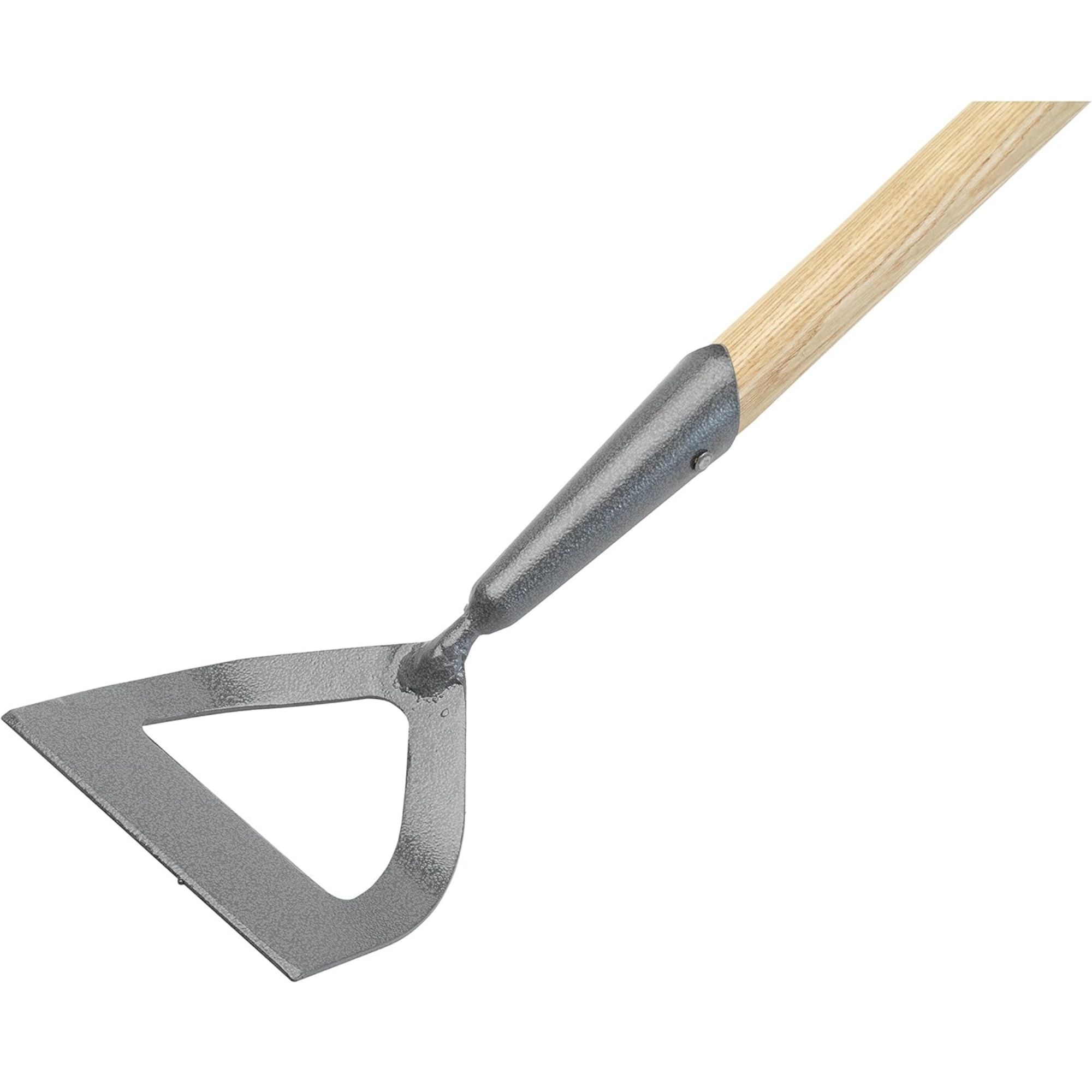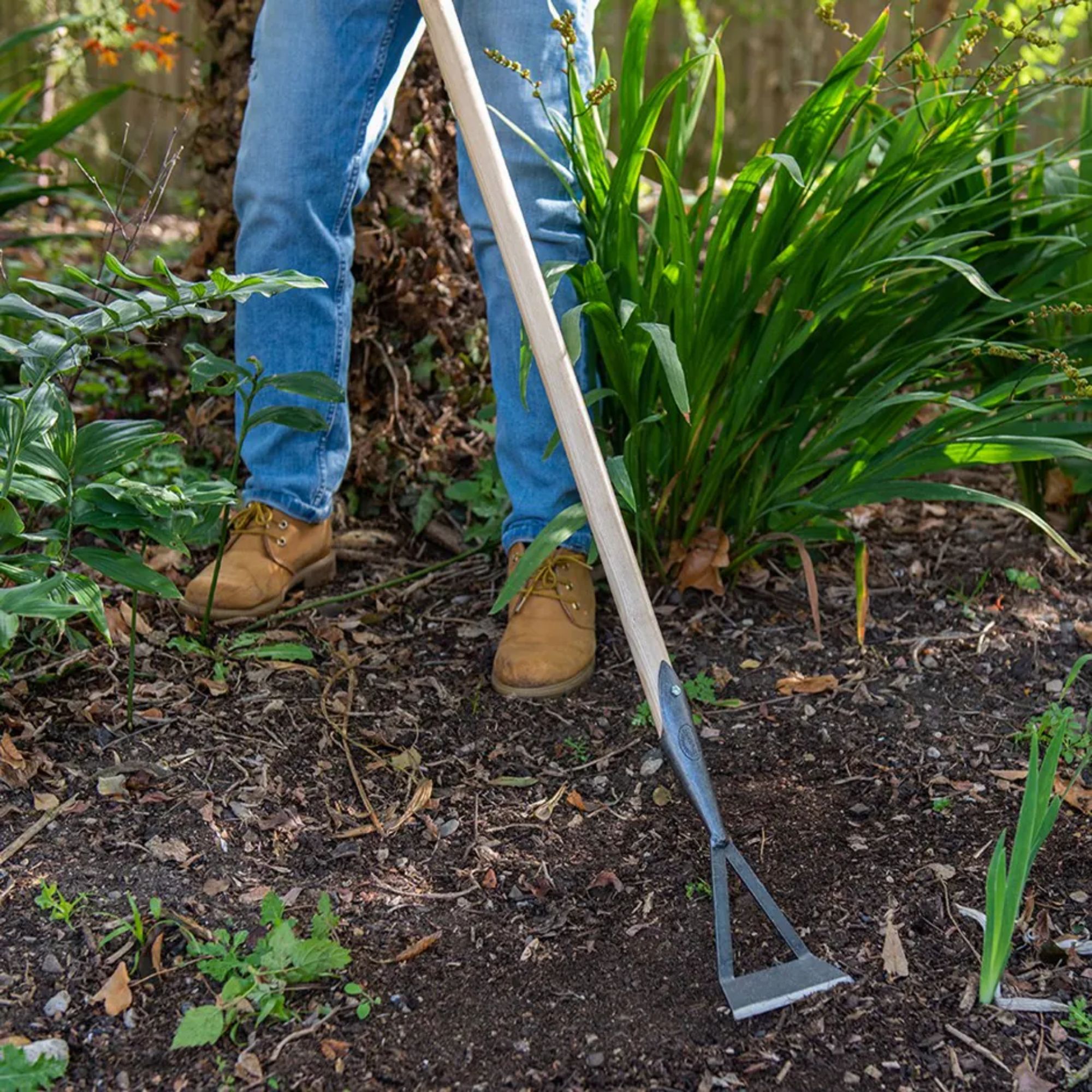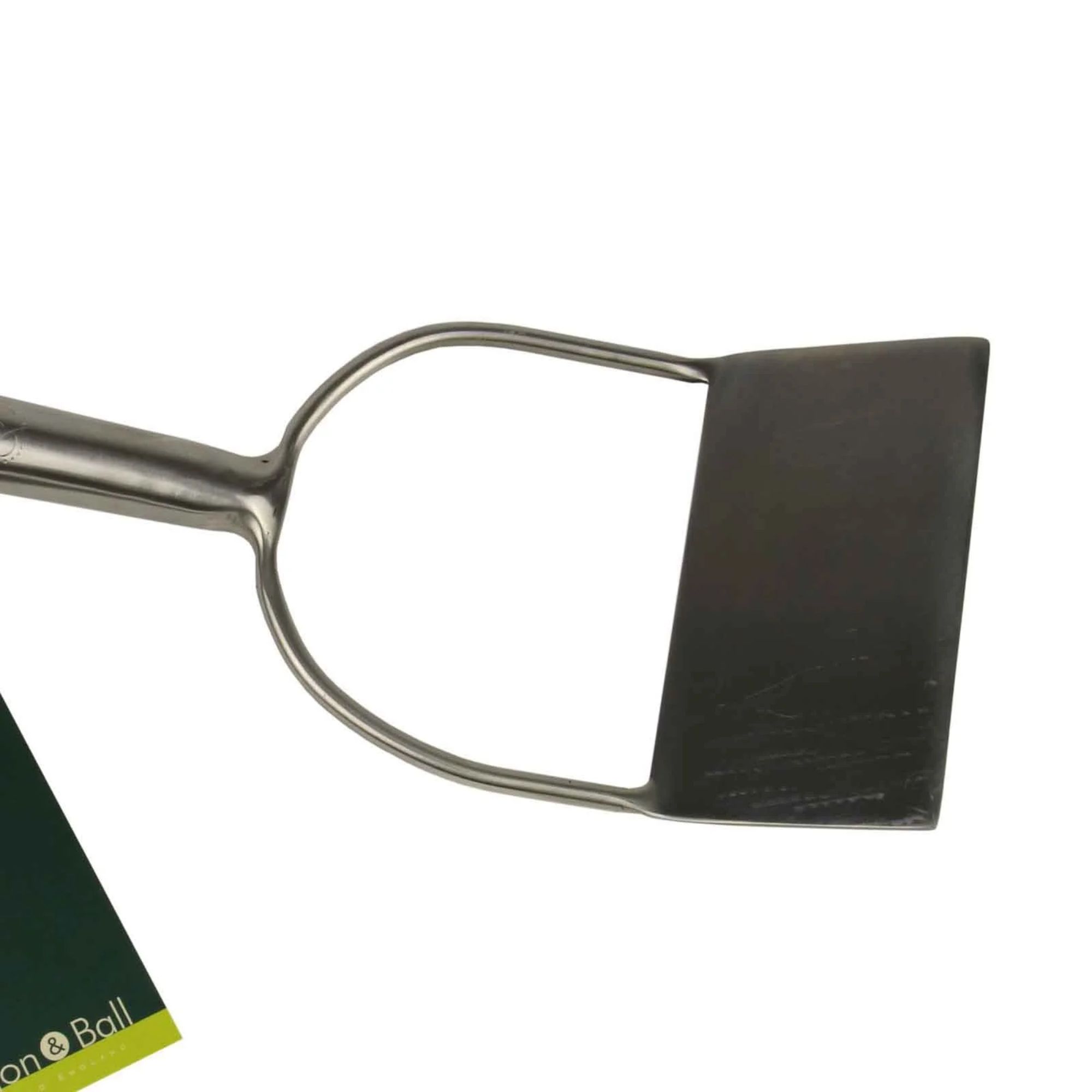7 weeding mistakes experts say make gardening much harder (and how to avoid them)
These are the weeding mistakes to avoid if you want to keep your garden looking gorgeous
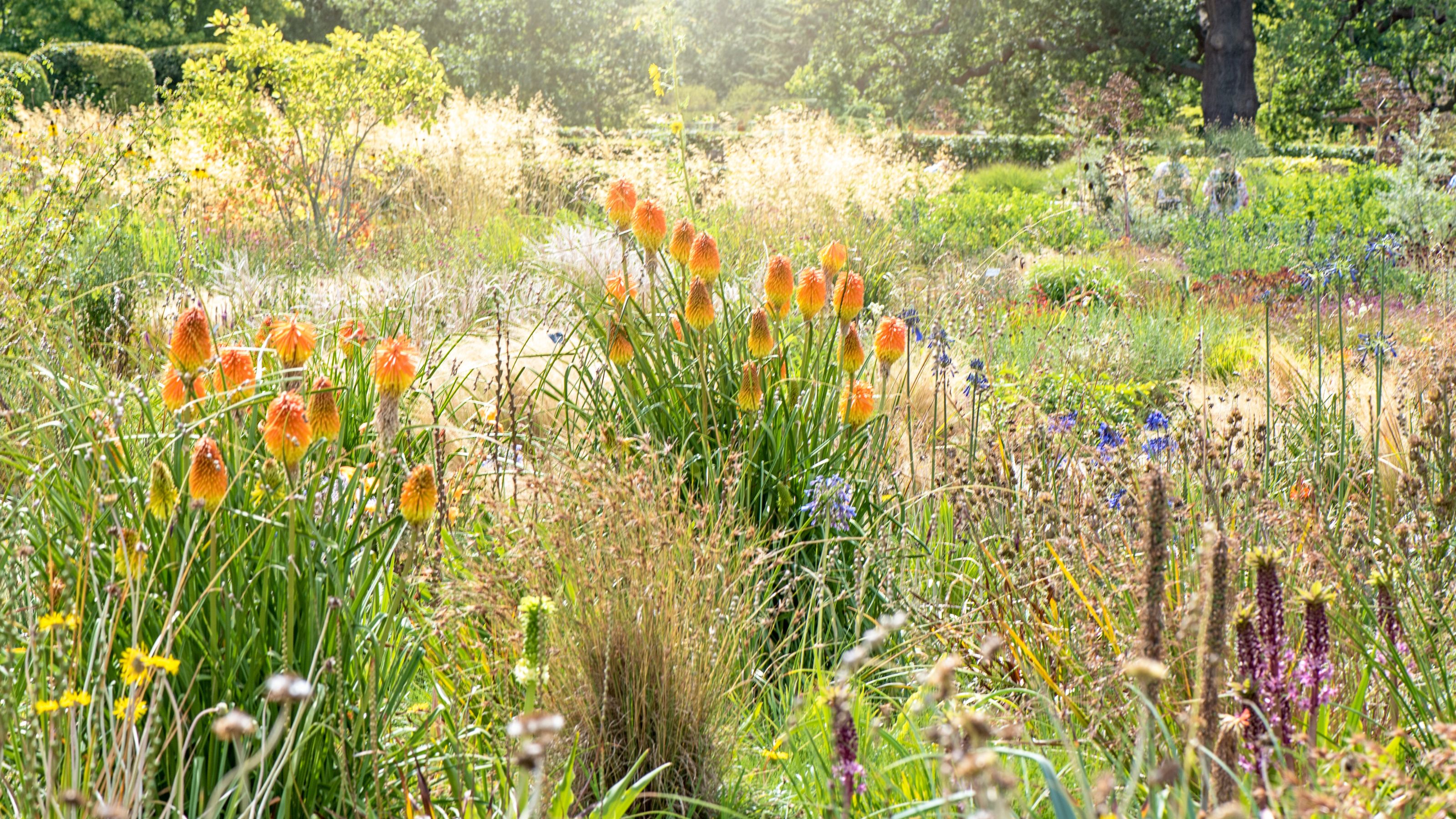

If there's one thing that can be said about weeds, it's this: they're survivors – which can make it more than a little tricky to banish these hardy plants from your garden, especially if you make any weeding mistakes along the way.
That's right: whether you're set on learning how to get rid of weeds naturally or use more intense methods to kill weeds off for good, it all means zilch if you don't follow the golden rules of weeding.
Thankfully, we've joined forces with some of our favourite gardening pros to help you avoid all the major 'do nots' when it comes to freeing your garden of all of its pesky weeds so that you can focus your attention instead on making all of your favourite garden trends a reality.
Weeding mistakes to avoid making in your garden
It doesn't matter whether you're weeding your vegetable garden or flower bed ideas, the battle against unwanted and invasive plants can prove a tough one – especially if you haven't got the method down pat.
In fact, if weeds keep returning over and over again (and in greater numbers) it's likely that, well, you've been making more than a few weeding mistakes.
1. Identify them properly

'If you know the enemy and know yourself, you need not fear the result of a hundred battles,' reads Sun Tzu's The Art of War – and, while he was likely speaking about a more literal enemy, the same is true of garden weeds.
'The very first thing to do if you have a plant growing where you don’t want it is to make sure you have identified it before digging it up,' says Morris Hankinson, director of Hopes Grove Nurseries.

Morris Hankinson is the founder and managing director of Hopes Grove Nurseries Ltd, the UK’s only specialist grower-retailer of hedging plants. He established the thriving business in 1992, shortly after graduating with a Commercial Horticulture Degree from Writtle College, Essex.
'It’s so easy to forget what has been planted or sown and then inadvertently remove a plant you want to grow,' he continues.
Sign up to our newsletter for style inspiration, real homes, project and garden advice and shopping know-how
'There are many weeds that are also beneficial for the soil and wildlife, making it important to know what you are removing before you get started.'
Generally, you'll want to attack annual weeds like chickweed (which have a one-year cycle and finish with lots of pesky seeds) and perennial weeds like dandelions (which live for far longer and boast deep, strong root systems) differently.
'Annual weeds typically spread by seeding, so preventing seed production is crucial,' says Christopher O'Donoghue, one of the co-directors at Gardens Revived.

A gardener with over a decade of experience under his belt, Christopher set up Gardens Revived with his brother, Andrew, in 2018 to create a thriving family business. Together, they have worked on residential gardens, listed buildings and gardens, flower shows and large estates with some exceeding 70 acres – many with historical significance.
'Try hand-pulling, hoeing, or mulching before seeds germinate,' he adds. 'There's an old saying: one year's seed is seven years of weeds. So make sure you take action fast!'
Noting that perennial weeds are far more challenging to remove as a rule, Christopher says that you will likely need to try digging out the entire root system, repeated mowing or cutting to weaken the plant.
'You can also try smothering with mulch or plastic sheeting,' he concludes, noting that there is no one-stop method to removing perennial weeds, and you will need to set up a consistent and persistent weeding schedule if you're hoping to control them properly.
2. Avoid weedkillers and herbicides

Plant boffins at the Royal Horticultural Society (RHS) are firmly of the opinion that non-chemical control is best for weeds – and Morris wholeheartedly agrees.
'Most people think the easiest thing to do is get a weedkiller and spray the weeds, but that’s not the case at all,' he says.
'The majority of weedkillers are harmful to the natural world on many levels, not to mention human health as well. If not applied safely or even by a professional, they can also eradicate other plants and wildlife. So, unless it is a weed such as Japanese Knotweed, there is no need to use weedkiller.'
3. Don't disturb the soil too much
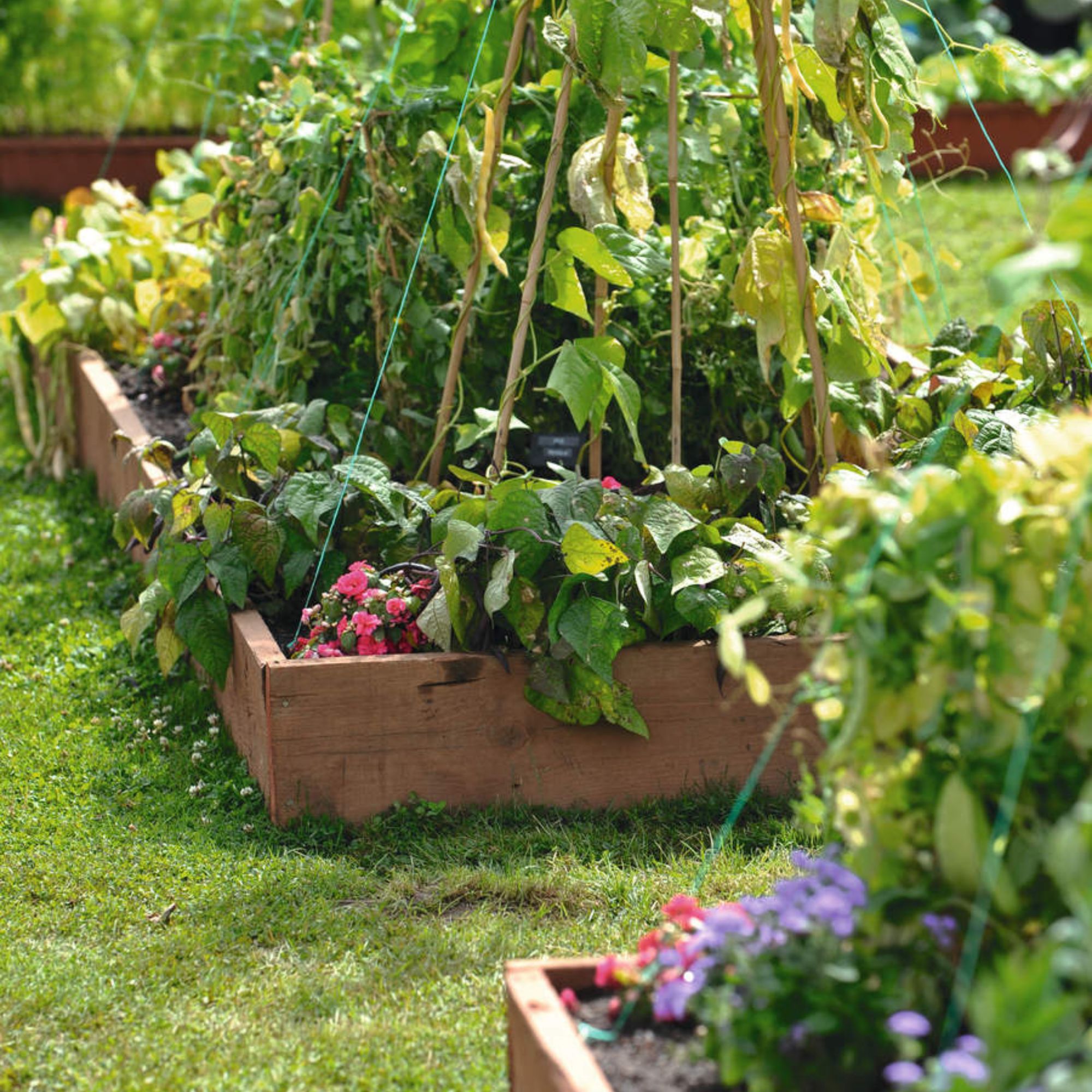
If No Dig May has taught us anything, it's that it's far more beneficial to leave our soil to its own devices wherever possible – not least of all because it makes for healthier plants and fewer weeds.
'Soil health is really important for thriving plants, and every time the soil is dug into, rotivated or disturbed the structure can be damaged,' says Morris.
'Also, if you turn the soil, weed seeds that are beneath are moved to the top, giving them the light they need to grow in earnest.'
One of the biggest weeding mistakes you can make, then, is disturbing the soil too much. Instead, try to do as little digging as possible, and leave the earth alone.
4. Remove the roots
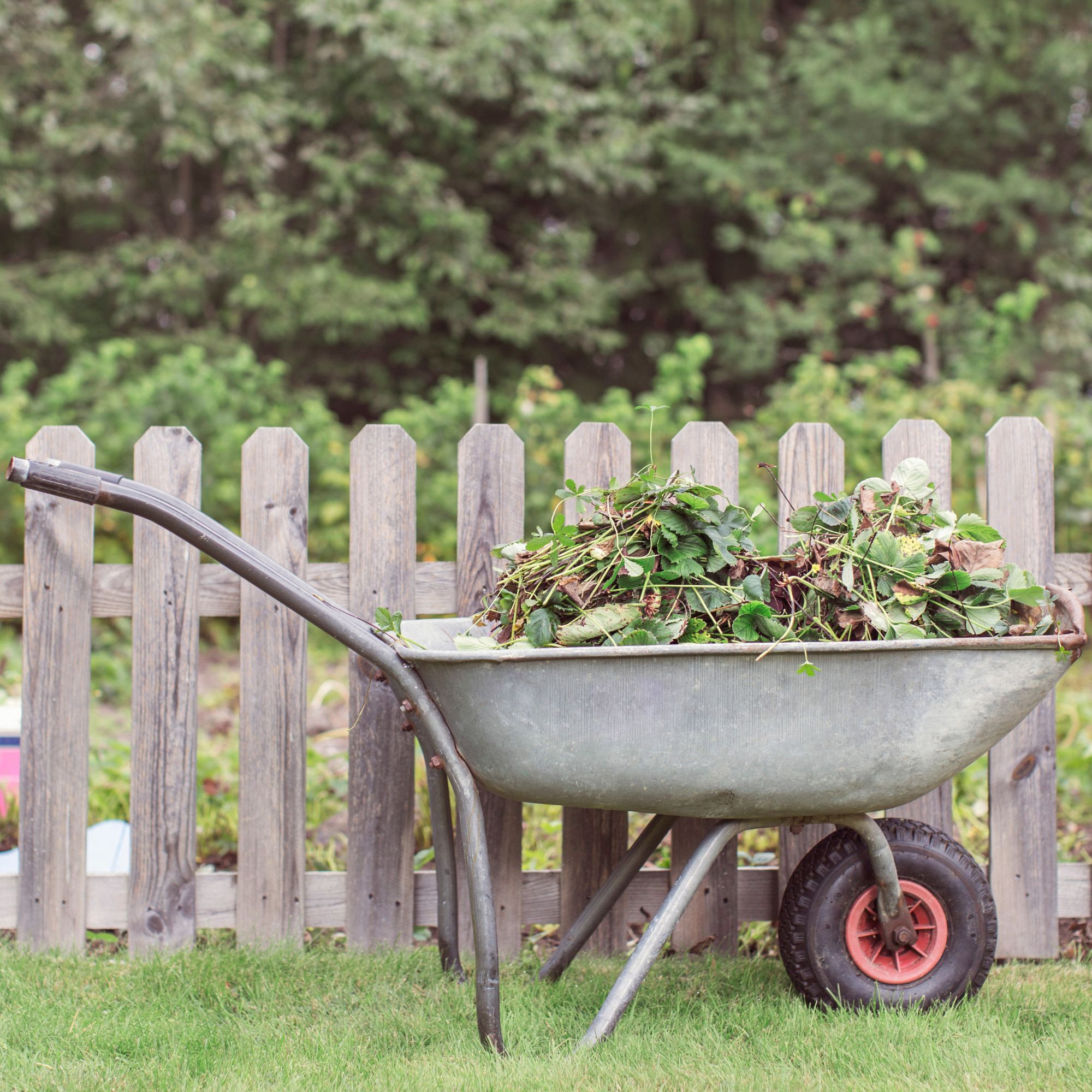
It may be tempting to pick out weeds as you go, but remember: perennials will still re-grow from their roots, even if the tops are removed.
'By only removing the flowers or foliage of a weed, it is likely for many weeds that they will simply put on more root growth or develop more leaves,' says Morris.
'Try to get down and remove the roots, then, unless you are happy to hoe regularly – in that case, you can just take off the weed above the soil level and keep doing that until the weed has weakened.'
Morris adds that, while 'hoeing in this way works well for annual weeds, perennial or deep-rooted weeds will absolutely need their roots removed' if you want any chance of eradicating them.
5. Dispose of them properly
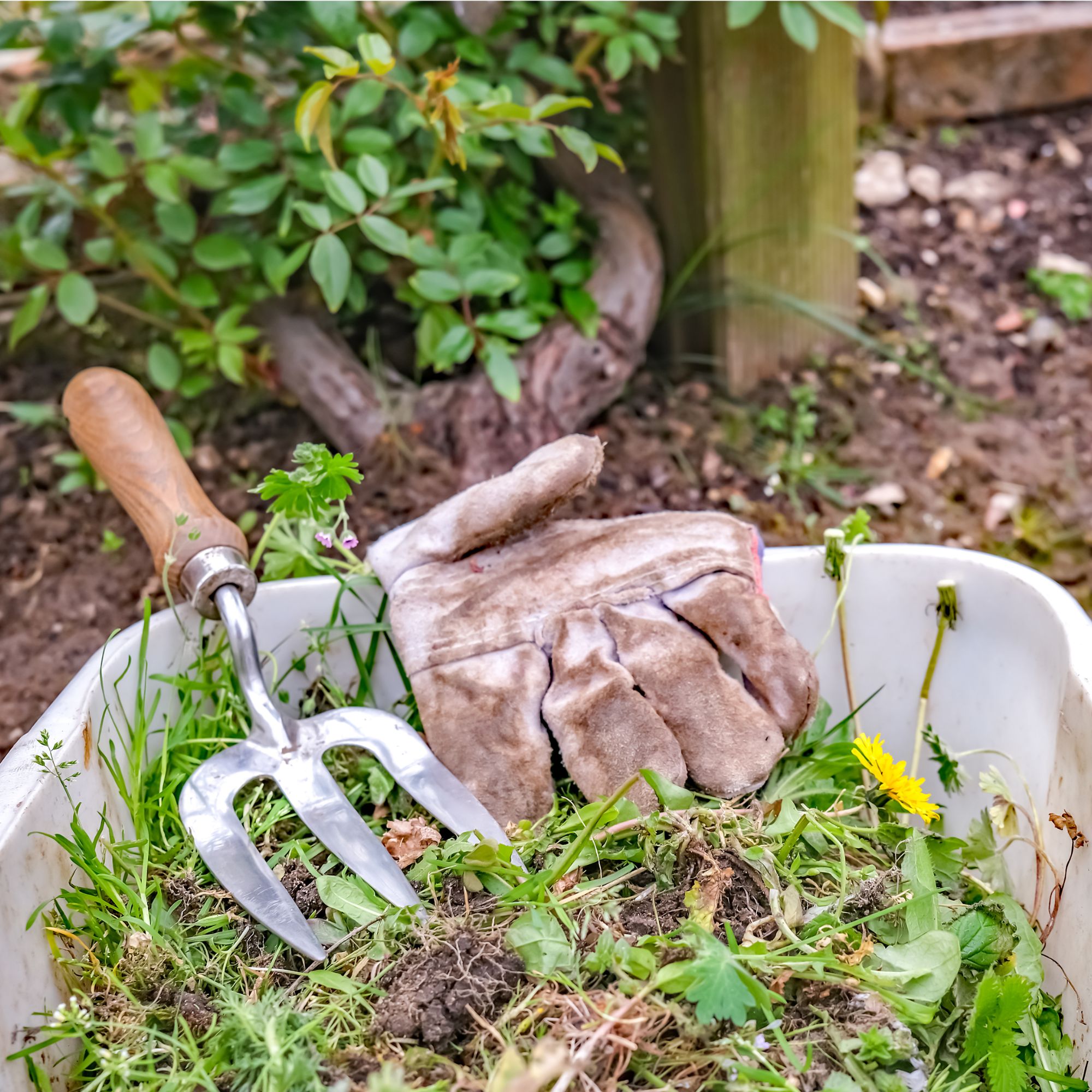
It's one of those garden waste mistakes that's not worth making: you need to dispose of your weeds properly after digging them out, otherwise they will return (and likely in even greater numbers).
'Annual weeds can be used to make compost, as can some perennial weeds, but make sure the compost is well covered over so they don’t start growing in the compost bin,' says Morris.
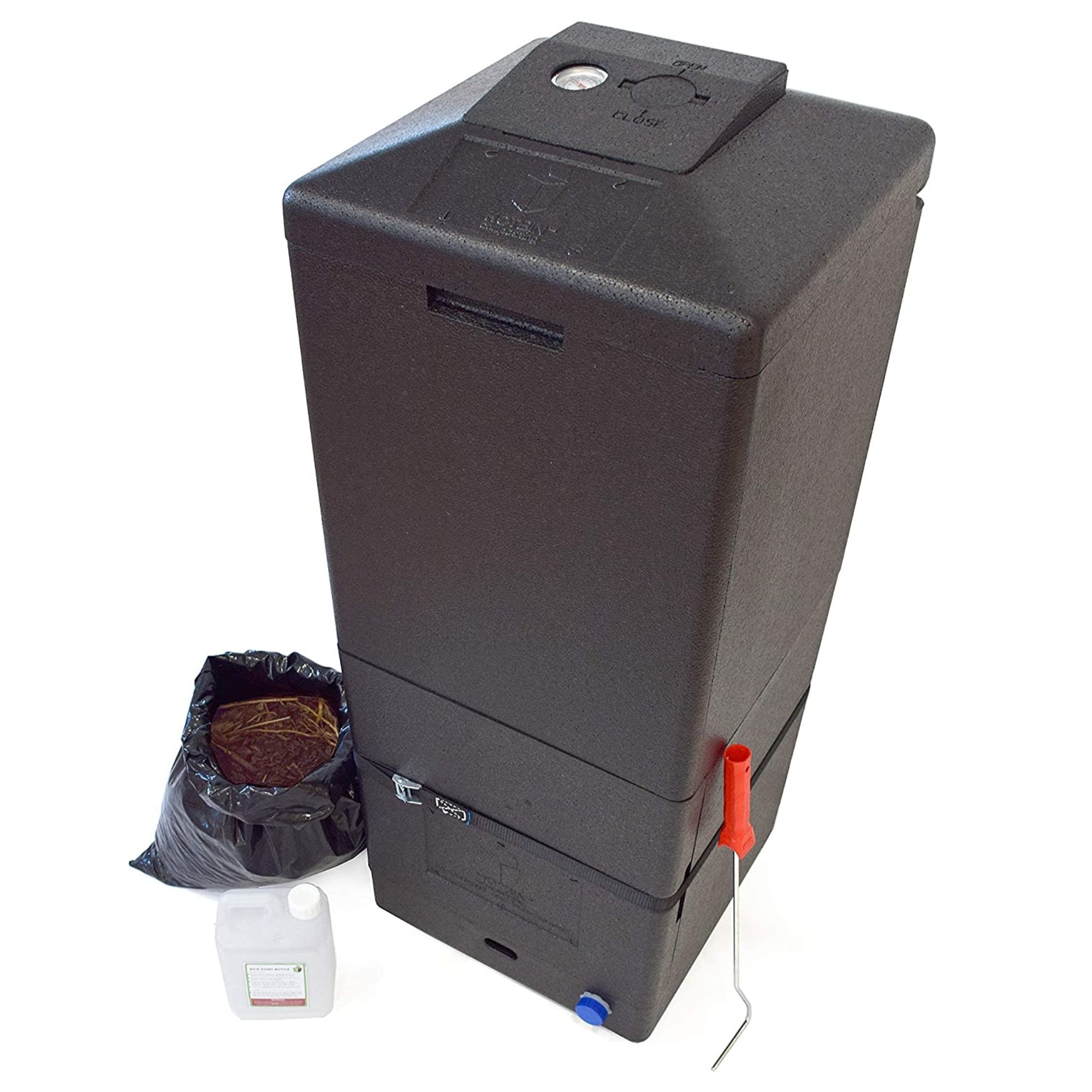
'For tenacious weeds, the best course of action is to take them to the local tip or recycling centre to put them in the green waste bin,' he adds.
6. Make the most of them

While you could throw your weeds away, you could just as easily serve them up as part of a delicious meal – especially if you're in possession of The Forager's Calendar: A Seasonal Guide to Nature’s Wild Harvests from Amazon.
'Weeds are just plants growing where we don’t want them and many weeds are in fact edible,' notes Morris.
'Not only that, but the flowers can be beneficial to insects, and they can also create shelter and food for plenty more critters, so they're ideal to add to your list of wildlife garden ideas.'
He adds that, if you are cutting them back, it is worth looking up what they are, as many are packed full of nutrition. 'Dandelions, for example, and red dead nettles are both deliciously edible "weeds" packed full of goodness,' finishes Morris.
7. And don't be afraid to leave them alone
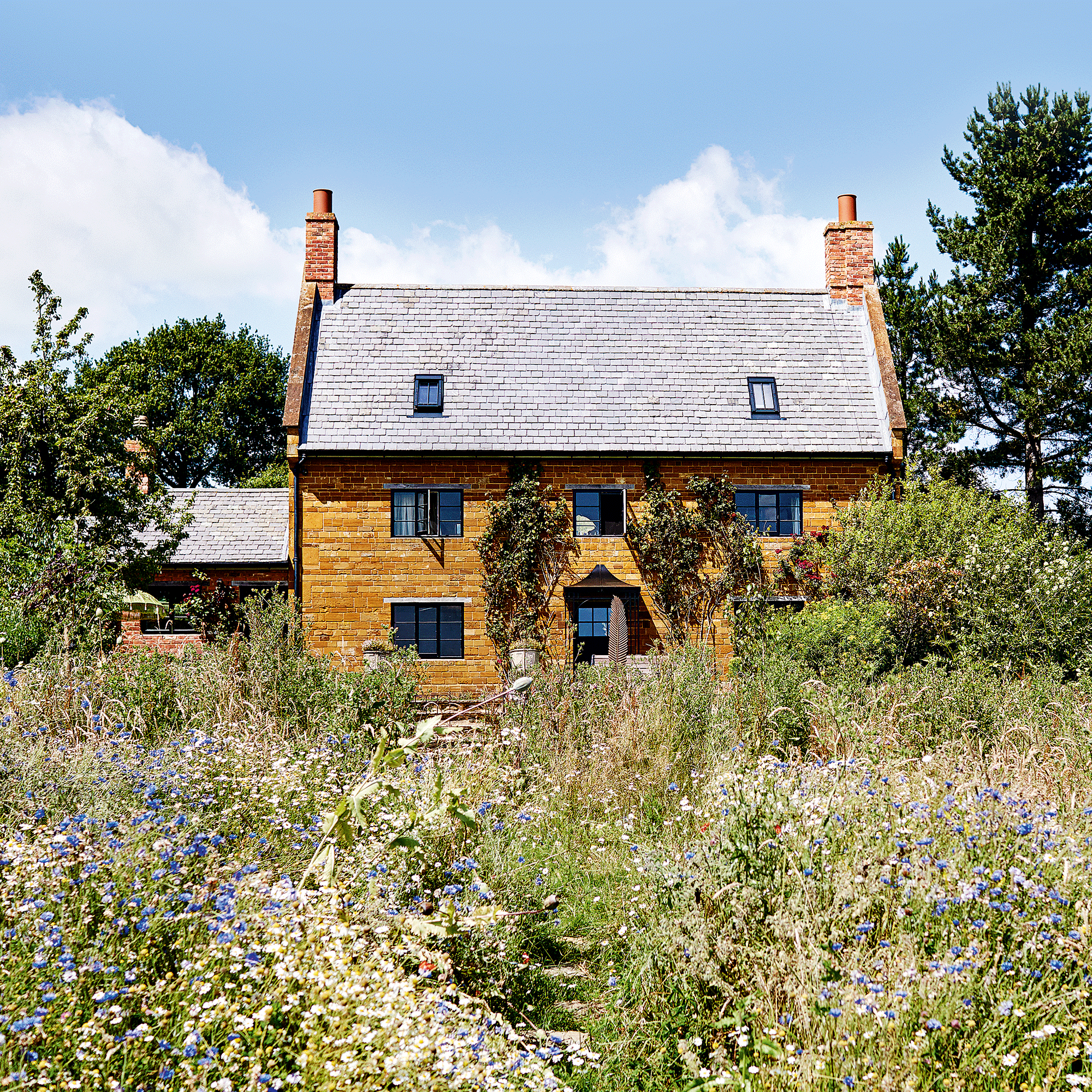
From meadowscaping to rewilding, it's become incredibly fashionable to let weeds do their thing – particularly as so many plants traditionally considered weeds (like cow parsley) are being named garden border heroes.
'There is always a lot to do in the garden so take the pressure off and only remove the weeds growing in the areas you want to cultivate,' suggests Morris.
'While many weeds can be controlled by regular cut backs or covering over with cardboard and mulching, why not let some weeds grow? You might be surprised how many more bees, ladybirds and butterflies you see in the garden...'
FAQs
What is the most effective weeding method?
The most effective weeding method 'depends on the weed and the circumstances in which you're weeding,' says Christopher.
'If the weeds are young annuals, a hoeing session on a hot, dry day is ideal – just don't hoe too deeply, or you might actually cause more weeds to grow!'
Perennial weeds, meanwhile, can be forked out (so long as you remove the roots) and disposed of properly. Mulching and weed suppressant fabrics are also an excellent idea, especially if you want to avoid using chemical control.
How to do weeding properly?
As mentioned already, the first step in any weeding process is this: identify your weeds first! Once you've established what you're working with, you can determine the best course of action, whether that be hoeing them, digging them out at the roots (taking care not to leave even a scrap behind), or leaving them well alone.
What is the best time for weeding?
Christopher says that the best time of day to pull weeds is either in the morning or the evening, as this is when the soil is likely to be a little looser. 'It makes for an easier job,' he explains, 'and it also means you're less likely to leave any scraps of root behind, too.'
It's also important to tackle the job as soon as your garden awakens and the weeds start to appear; leave it too long, and you've far less chance of getting on top of things.
If you take care to avoid all of these weeding mistakes, you should be set to win the battle against all of these invasive plants and keep your garden looking picture-perfect.
Good luck...

Kayleigh Dray became Ideal Home’s Acting Content Editor in the spring of 2023, and is very excited to get to work. She joins the team after a decade-long career working as a journalist and editor across a number of leading lifestyle brands, both in-house and as a freelancer.
